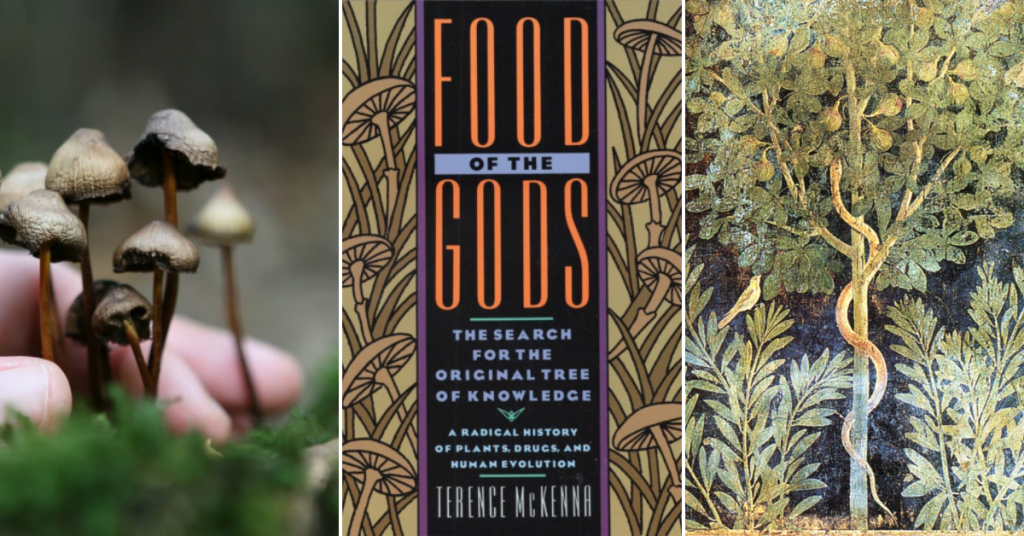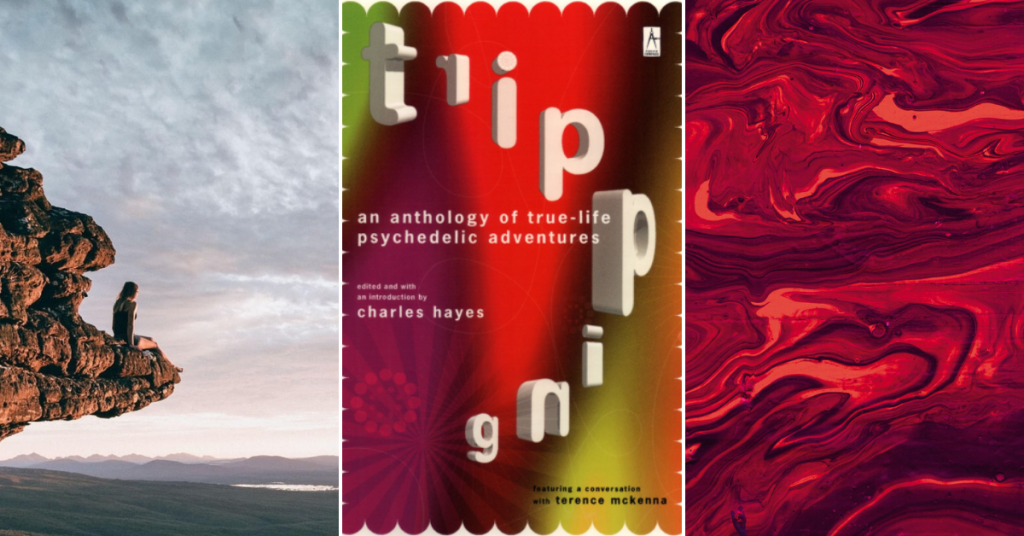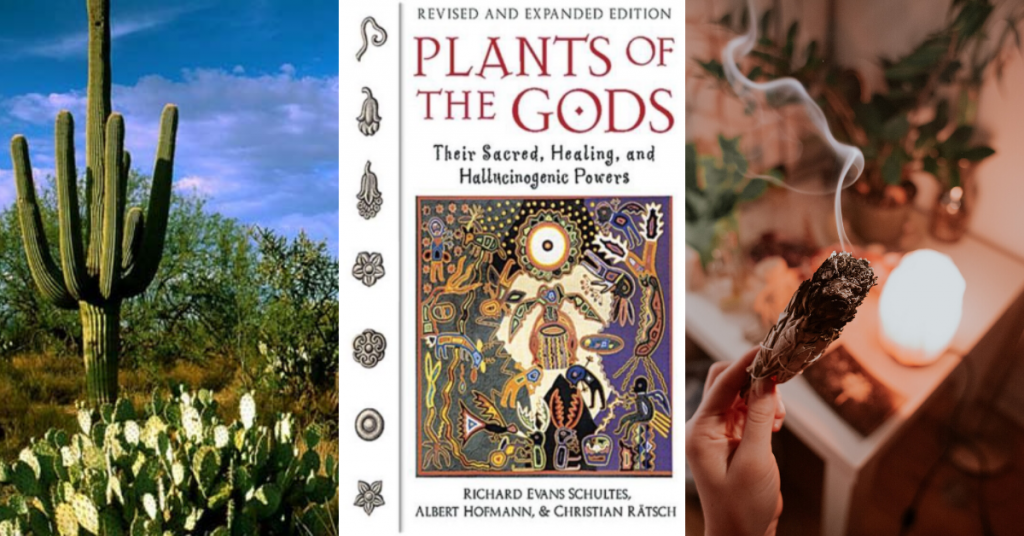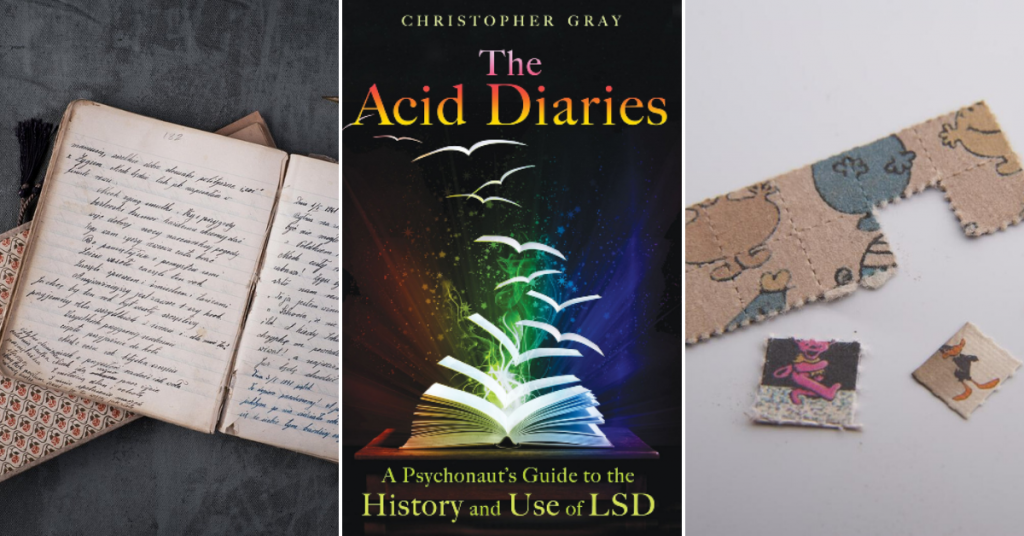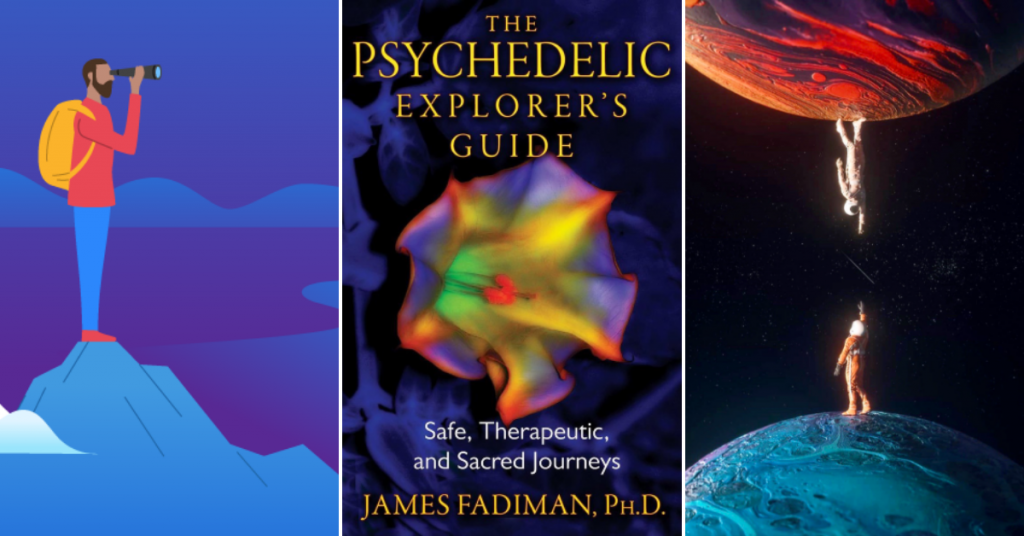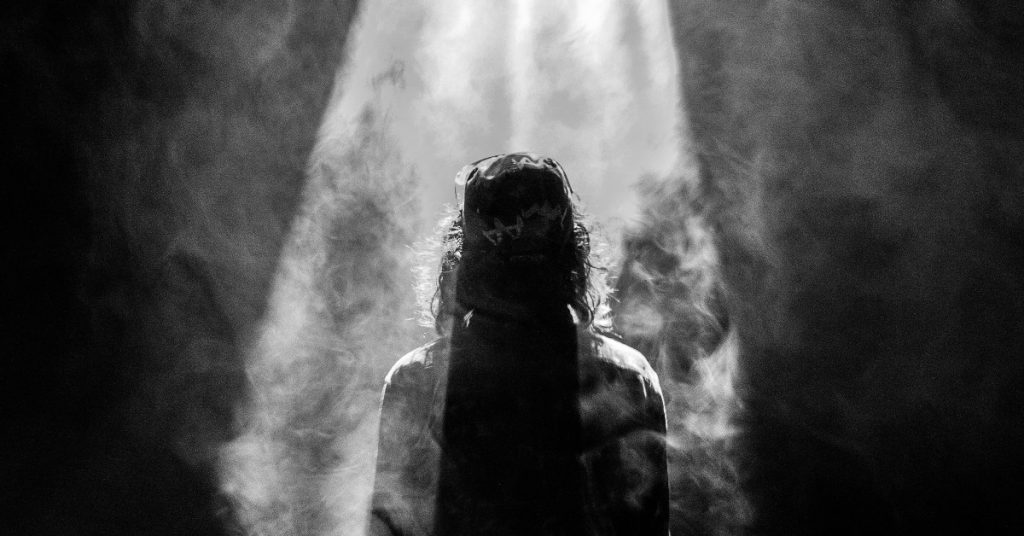Being one of the most powerful psychedelics we know, it is not strange that DMT has become the subject of numerous speculations over the years. Theories linking this molecule to near-death experiences have circulated persistently among users and researchers – yet the scientific evidence just doesn’t seem to be there.
Enzo Tagliazucchi is a neuroscientist and professor at the University of Buenos Aires. He will be speaking at ICPR 2020 about his research and the first neuroimagery study of DMT in naturalistic settings.
This is the final part of a three-part interview series with Prof. Enzo Tagliazucchi
Part one: The Science and Folklore of DMT
Part two: Psychedelics: key to consciousness
Part three: DMT and near-death experiences
Enzo, you have experience researching NDEs. How is this phenomenon approached from a scientific perspective?
NDEs are really fun to investigate because they are simultaneously a very strange phenomenon, and something that does indeed happen to people in robust and reproducible ways.
There are several things that are common features to most reported NDEs, such as the feeling of floating around, feelings of extreme bliss and transcendence, life review, and the sensation that you are about to cross a visible or invisible threshold, among others. It seems that different cultural backgrounds are not a huge factor determining the specific contents of NDEs. This is somewhat controversial, but apparently at least some of these features could be, in a certain sense, universal.
Then comes the question of why this is happening, and this has been the source of a lot of bullshit, unfortunately. Some insist that everything that happens during NDEs is the manifestation of your soul leaving your body and entering into the afterlife or other realms of existence, which is something that many people would love to believe. Researchers have tested this experimentally: for instance, they have hidden an object in a room and then have somebody experience an out-of-body experience (a defining feature of NDEs) and float around. Needless to say, they never find the object, and they don’t find it simply because they are not floating around in any meaningful interpretation of those words.
People do not even know whether some NDEs happen in the moment someone flatlines, or before or after the event. It could happen moments before you wake up: there is simply no known way of proving that NDEs take place when you are sort of dead for a moment. Even worse than that, people can report NDEs when they think they are going to die but they aren’t really at risk. For example, if you fall from a chair, you might report a flash experience that is indistinguishable from a NDE, but you weren’t even unconscious for a moment.
What are the main explanatory theories of NDEs and how would you assess Strassman’s DMT hypothesis?
Nobody knows for certain why NDEs occur. And maybe there is not simply just one answer, it could be several different factors. But as scientists like to have simple explanations, they have tried to come up with one factor underlying all the different aspects of NDEs.
Perhaps the most attractive one-factor theories are related to the potential presence of endogenous chemicals. Some came to believe that there is a kind of chemical imbalance during NDEs that can lead to the experience, and here Strassman proposed that a massive release of DMT when you are close to death is what is behind the strange phenomenology of NDEs.
As an alternative, Karl Jansen proposed that there is some ketamine-like compound in the brain that blocks NMDA receptors in a similar way to ketamine, a substance whose acute effects can lead to NDE-like phenomenology. At some point in the last couple years, I started to read Jansen and Strassman, became interested in this discussion, and eventually published a paper in which I tried to put their hypotheses to test for the first time.
Using computational semantic analysis, we compared drug reports from Erowid to the narratives of patients who had NDEs, and we confirmed that ketamine was actually way above in similarity to those experiences compared to DMT. Actually, if you think of what the DMT experience is like, it is not this solemn-going-to-the-light-in-bliss but rather a confusing but festive colourful state. People do not really report these things in NDEs at all. And if you have been in the K-hole you already know that it is probably the closest to feeling dead, whatever that means. But that is not the point… this is science and I try to be scientific about it, haha!
In the last paper I read by Strassman, he conceded that there might be some release of a ketamine-like substance when you are close to dying, but the question remains: Why does this substance lead to this strange state of consciousness? Whatever the function of this molecule, why can’t it just shut off your consciousness instead of giving rise to NDEs?
The answer given by Jansen is that a ketamine-like compound could have neuroprotective effects. If there is a massive release of glutamate, an excitatory neurotransmitter that makes neurons fire at a high rate, neurons might die because they are basically too activated, a phenomenon known as excitotoxicity. So if ketamine or a related compound blocks that process, it can extend the life of neurons and increase the likelihood of survival. It sounds reasonable that you have that kind of process built into your brain as a mechanism to cope when you are close to death.
But at this point, Strassman argued something like: OK, but why has evolution given us this very strange experience that happens when we block the glutamate receptor? Why can’t the brain just block the glutamate receptors and protect itself with no experience at all? He concluded that maybe it is not that these receptors get blocked and then you have this experience. It is something different, something like you have a soul and the moment your soul starts to leave your body, the receptors get blocked.
For me that is very difficult to swallow. I am a physicist, and I cling to a scientific worldview. At some point I think Strassman lost that worldview and I actually haven’t read much of his theories since then. I respect him nevertheless, he is a pioneer in this field of research.
So what happened in the search of an endogenous chemical behind these experiences? Again, not conclusive. My guess is that it is a combination of several factors, and that people are really misled when they believe something related to the proximity of death is behind all these experiences.
What about other non-ordinary phenomena such as mystical experiences?
Mystical-type experiences, on the other hand, you can investigate more easily, because you can induce these experiences in safe and reproducible ways. That is what the Johns Hopkins group has been showing over the last years, focusing on psilocybin as an induction agent.
Griffiths’ group repeated the famous Good Friday experiment by Panhke, but under more controlled and rigorous conditions, and they showed that you can induce these experiences with psilocybin combined with the proper set and setting in 60% of the participants. The likelihood of induction is dose-dependent, so the higher the dose the higher the chances of having this kind of experience. They also showed that if you are undergoing treatment for tobacco cessation or if you are an oncological patient with anxiety related to the end of life and you are treated with psilocybin, the likelihood that you are going to get better increases if you have a mystical-type experience. In other words, the potential therapeutic properties of the psychedelic experience are apparently tied to mystical-type experiences. I believe these findings are really interesting from a clinical perspective and, again, in contrast to NDEs this is something that you can induce reliably in a controlled setting.


